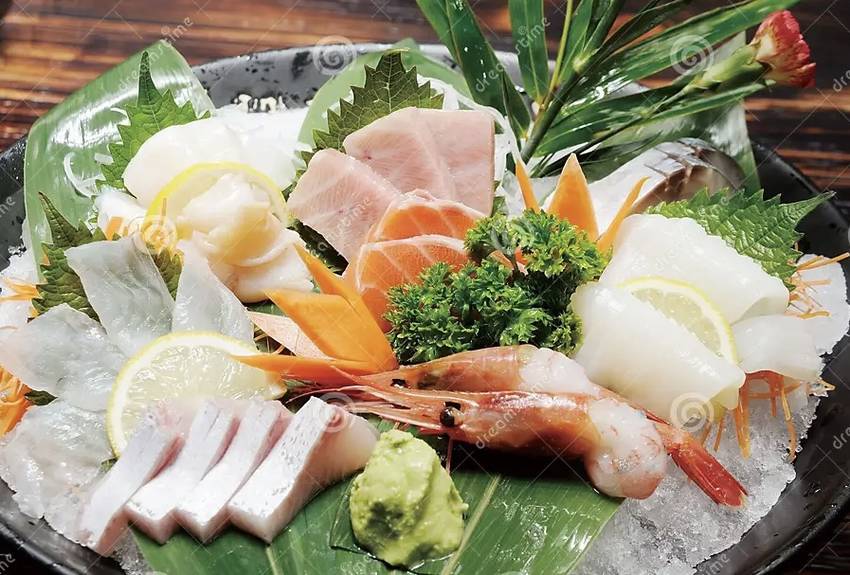study of Japanese gut microbiome reflects unique dietary habits; 独特の食習慣を反映している日本人の腸内微生物叢の研究
日本人は⻄洋人と比べて独特の食文化と習慣を持っており、赤身の肉よりも魚介類を食 べることに強調しています。研究者は、彼らの腸内微生物叢には、水生植物由来の多糖 類を分解する酵素の遺伝子がアメリカ人よりも多く存在していることを発見した。国立 衛生研究所、パブメド・セントラルの報告書によると、日本人は平均寿命が最も⻑く、 体格指数(BMI)が非常に低い。
この研究では、NGS (次世代シーケンス) を使用した糞便 DNA サンプルのシーケンスに より、日本人 106 人の腸内微生物叢からメタゲノム データを収集および分析されまし た。そして、日本を含む 12 カ国から選ばれた合計 861 人の健康な個人からの腸内微生 物叢のデータを使用し、JPGM(日本の腸内微生物叢)のユニークな微生物および機能 的特徴をさらに調査されました。
細菌門の存在量を比較すると、JPGM は放線菌の存在量が最も多いことを示しました。 放線菌は、抗生物質、抗真菌物質、および抗がん剤の特質を持つ二次代謝産物を生成し ます。
対照的に、JPGM におけるバクテロイデテス属とプロテオ細菌の存在量は他のさまざま な国の微生物叢よりも非常に低かった。それは代謝障害や炎症性腸疾患が関与されてい ると考えられています。
属レベルでは、JPGM はビフィズス菌、ブラウティア、コリンセラ、連鎖球菌、および 未分類のクロストリジウム属が最も豊富に含まれていることを特徴としていましたが、 クロストリジウム、アリスティペス、未分類のファーミクテス、ダイアリスター、ブチ リビブリオの存在量は 12 か国の中で最も少ない。
Japanese (JP) have unique dietary culture and habits compared with Western people, with an emphasis on consuming seafood over red meat. Researchers connect the dots that their gut microbiomes have more genes for aquatic plant-derived polysaccharide-degrading enzymes than those of Americans, for example. Japanese exhibit the highest average life span and very low body mass index (BMI), according to a report by Pubmed Central, National Institute of Health.
The study collected and analysed the metagenomic data from gut microbiomes of 106 Japanese individuals by sequencing of fecal DNA samples using NGS (next generation sequencing), and further explored the unique microbial and functional features of the JPGM (Japanese gut microbiome) using microbiome data from a total of 861 healthy individuals selected from 12 countries, including Japan.
When comparing the abundance of the bacterial phyla, the JPGM showed the highest abundance of Actinobacteria. Actinobacteria produce secondary metabolites that have antibiotic, antifungal, and anticancer qualities (2). In contrast, the abundance of Bacteroidetes and Proteobacteria in the JPGM was significantly lower than in the microbiomes of various other countries, which are believed to involve metabolic disorders and inflammatory bowel disease (3).
At the genus level, the JPGM was characterized by the highest abundance of Bidfidobacterium, Blautia, Collinsella, Streptococcus, and unclassified Clostridiales, but the lowest abundance of Clostridium, Alistipes, unclassified Firmicutes, Dialister, and Butyrivibrio among the 12 countries.
1. https://www.ncbi.nlm.nih.gov/pmc/articles/PMC4833420/


